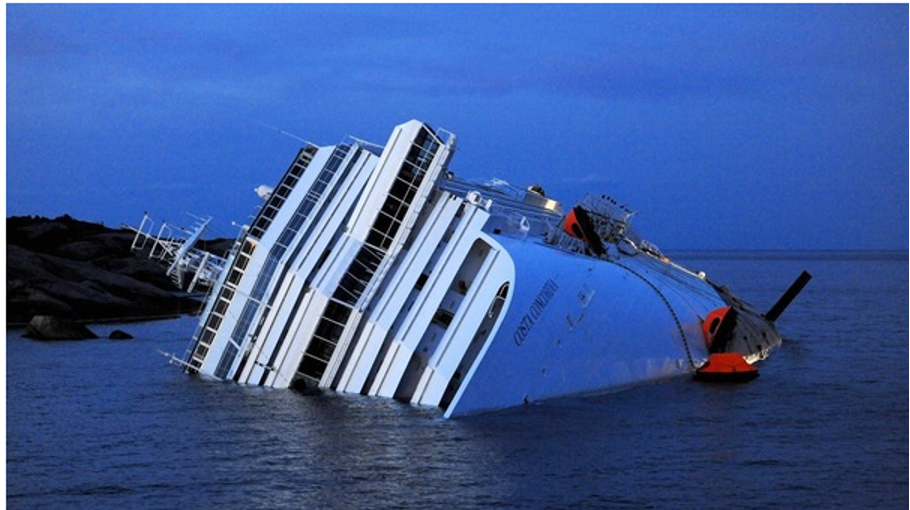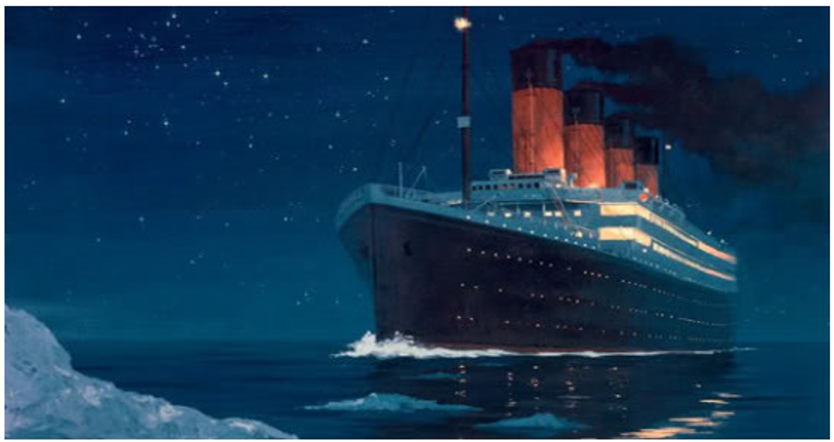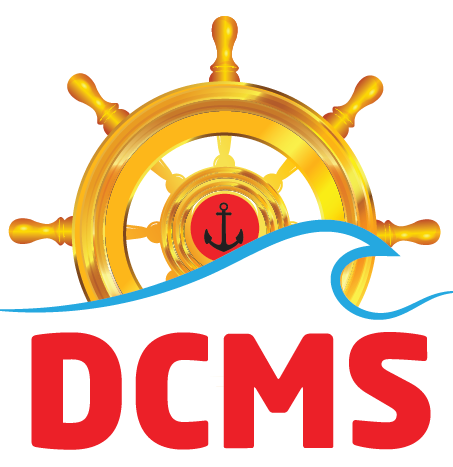While life at sea may seem relaxing and therapeutic to some watching from the shores, seafarers and other crew members’ lives are at risk. One has to be mentally strong to overcome the challenges they encounter within the marine industry. Logistics, in the form of transportation within this context is crucial to a country’s economic development and stability. With globalization being prevalent, the importance of international trade has become more robust. CrewMirror postulated that – “around 90% of the world trade is carried through ships”. The shipping industry, today, is facing challenges like: weather and geographic hazards. This is extremely dangerous, and can harm people on board vessels.

To delve a little into the facts, hurricanes and other weather-related hazards are threats to the shipping transportation sector. Captains, seafarers and other crew members cannot transport commodities during the bad weather. The heavy rain, strong wind and rough waves affect the speed at which the ship sails, thus delaying the arrival time of the cargo to its destination, if it reaches… The reality of this is that the ship can sink! Not only will your cargoes be damaged or lost, but the most valuable resources, the workers on the ship, lives could be lost if water rises above the normal sea level.
Geographic hazards term might be foreign to some who are not aware of the different types of hazards at sea. Geographic hazards are basically natural disasters that can harm vessels such as: coral reefs, sandbars or icebergs. This allows for vessels to either sink or stall. While it is completely natural for a geographic hazard to occur, proper planning should be in place should one arise. Proper planning in the sense of navigating with caution, and investing in GPS that decreases the workload of the captain in helping him to steer the ship.

To mitigate the risk of these hazardous incident from occurring, there are preventative recommendations in place to combat these issues. To avoid geographic hazards at sea you have to compare and analyze what is being utilized in the 21th century versus the time Titanic sunk. This can be done by investing in navigational technological devices, one of which is a GPS that helps to steer the ship. To avoid weather hazard, create vessels that are heavy enough to manage any weather. Additionally, avoid entering water or territories when there is a hurricane or any other weather-related issue. This can be done by frequently trying to remain updated by weather reports.





